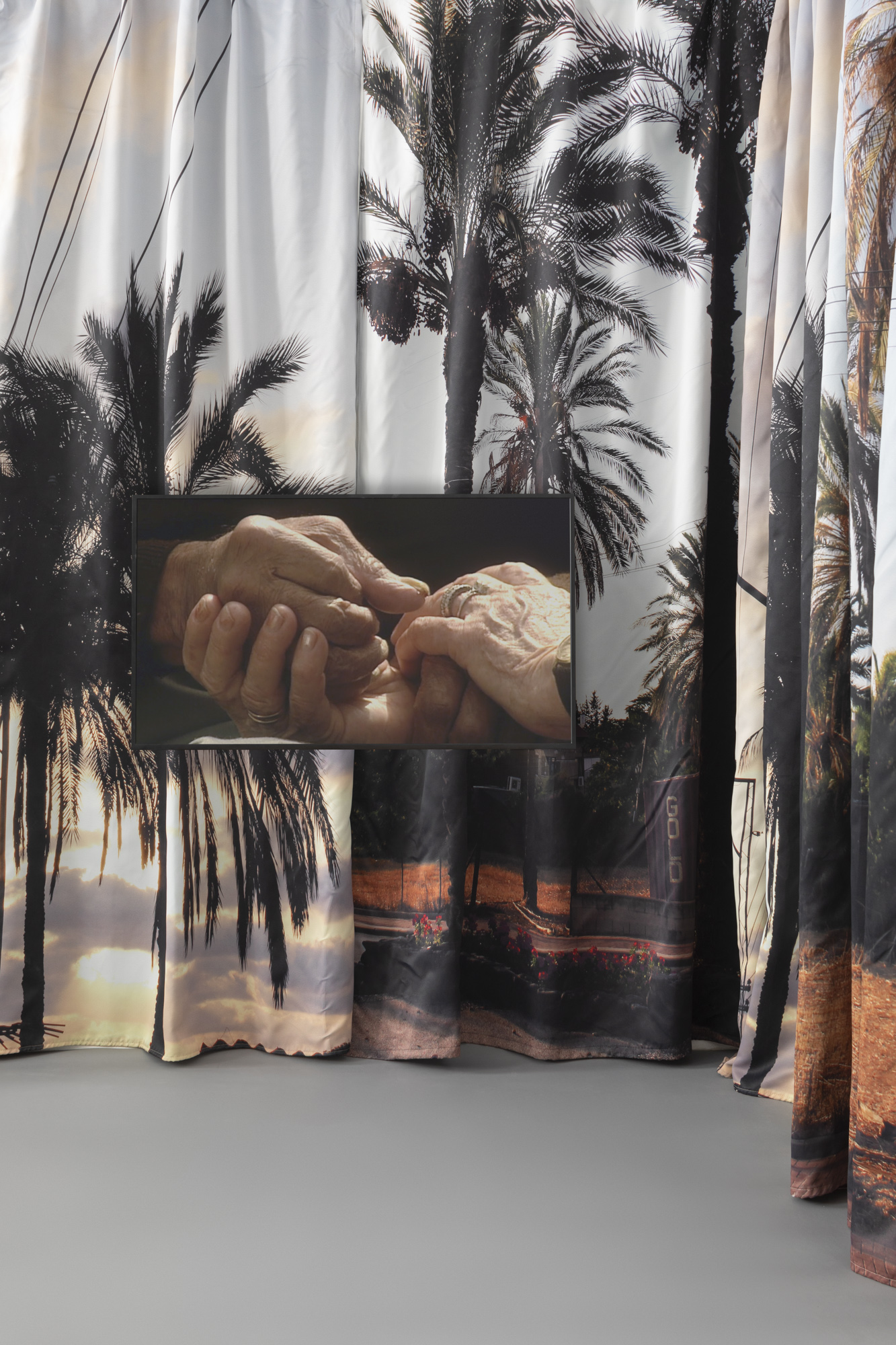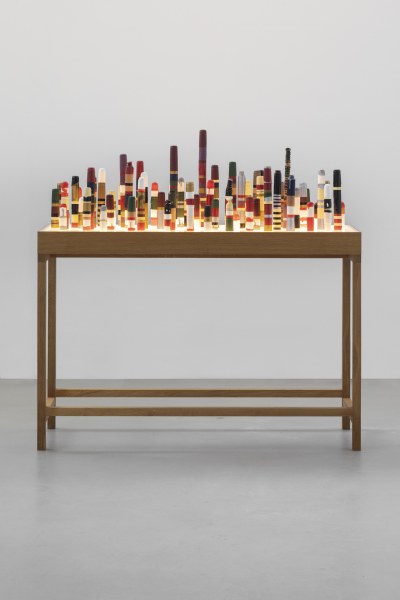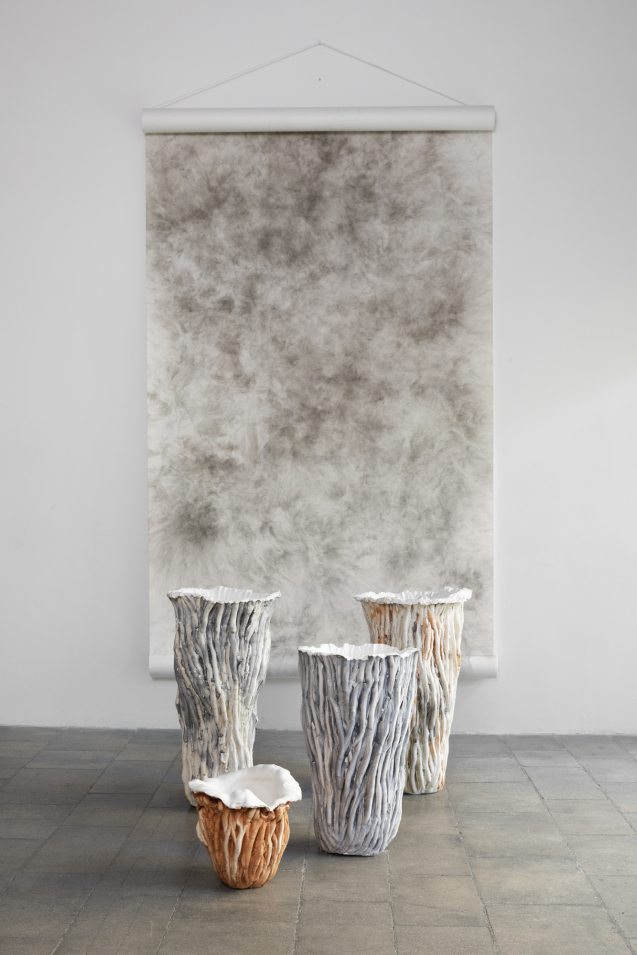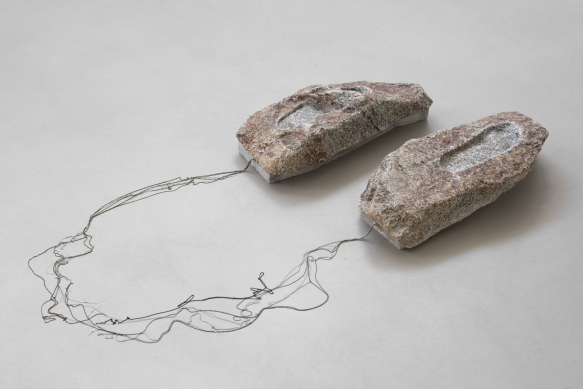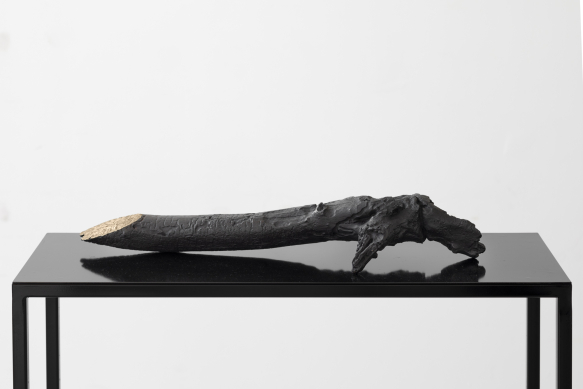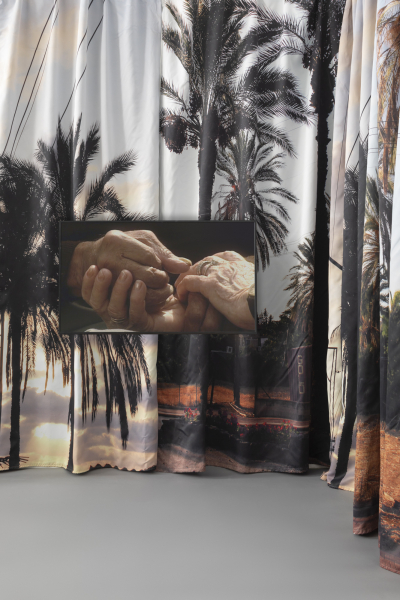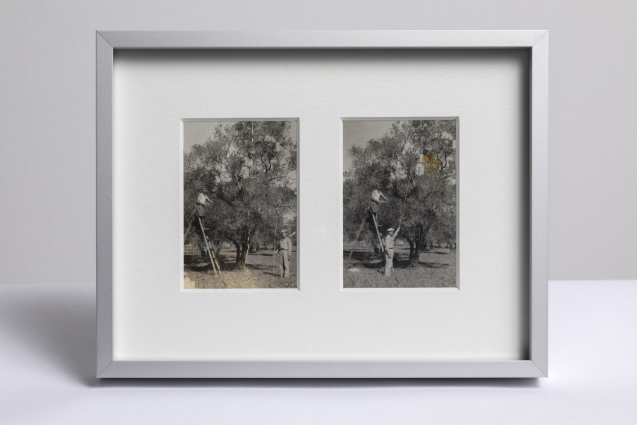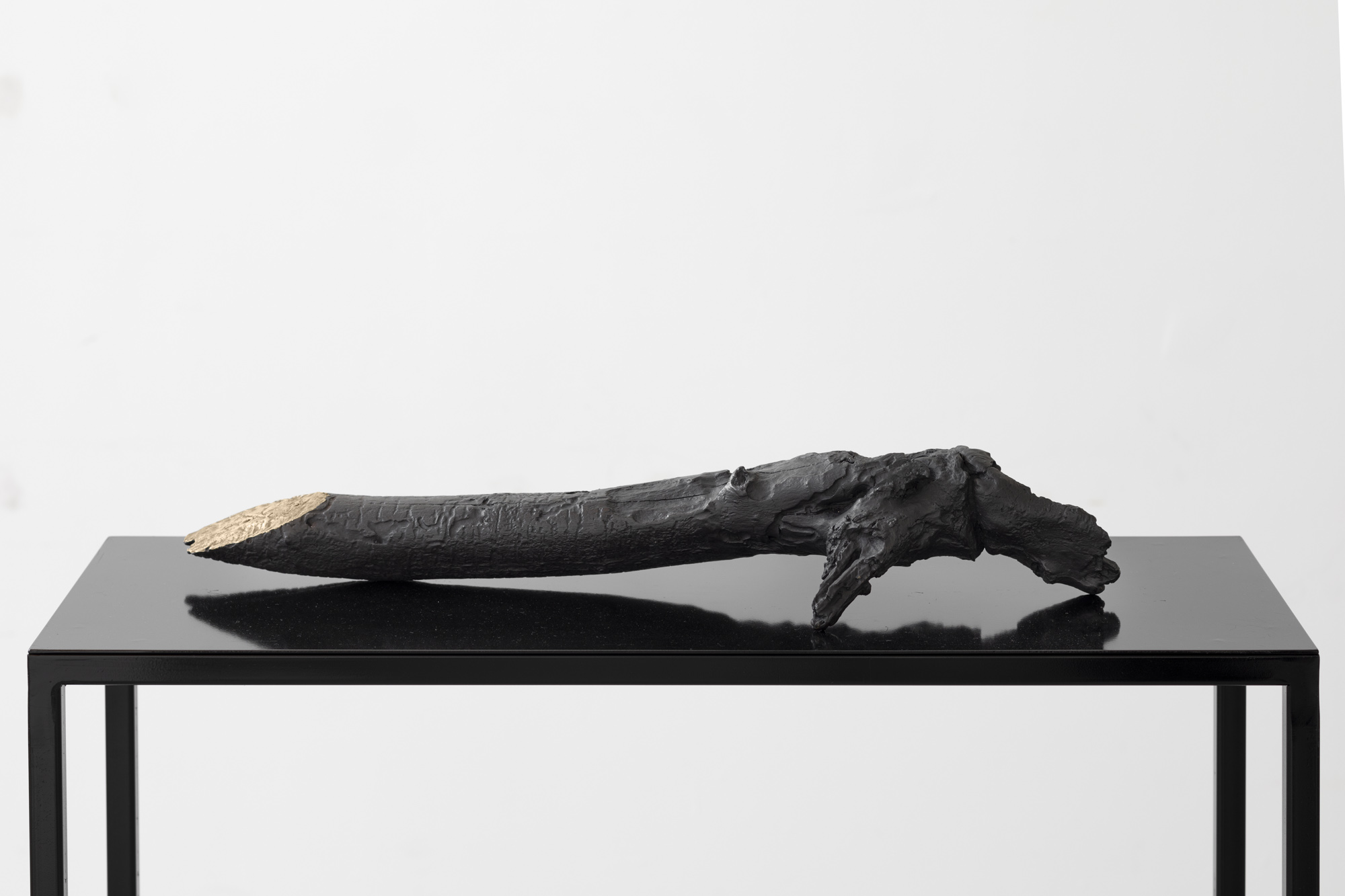In this earth, / In this soil, / In this pure field / Let’s not plant any seed / Other than seeds of compassion and love
– Rumi
In the 13th century poet, scholar, and Sufi mystic Jalaluddin Rumi’s poem, the planting of a seed in fertile ground heralds the highest intentions, filled with promise. This act of devotion may also be likened to how we have grown the most precious plants in our midst, those that we have passed down over time, through generations. Some of the first seeds cultivated with such care were the Seven Species. This group of cherished plants is among the earliest domesticated in the ancient Fertile Crescent, and its plants are widely known and revered in the current region of Israel. It is “in this earth, in this soil” that these plants – wheat, barley, grape, fig, pomegranate, olive, and date – have thrived for thousands of years.
The plants of the Seven Species have continued to possess archeological, agricultural, religious, and cultural significance from prehistory to the present. Their intertwined legacies from the past inhabit our current existence as well as our future. As such, how do we identify with these plants and what do they make us feel and remember? What forms of knowledge have we garnered from them and how are they applied? How have they been shared with us and how do they continue to evolve? What are the values, beliefs, and traditions that we associate with them?
These queries and others lie at the heart of In This Earth, In This Soil: Legacies of the Seven Species, an exhibition bringing seven artists together, each responding to one of the Seven Species through a new artwork. Opening up inheritances, entanglements, and complexities from the participating artists’ viewpoints, the exhibition raises questions, truths, and uncertainties about the plants and our many relationships and experiences with them, and ultimately...
Read more 